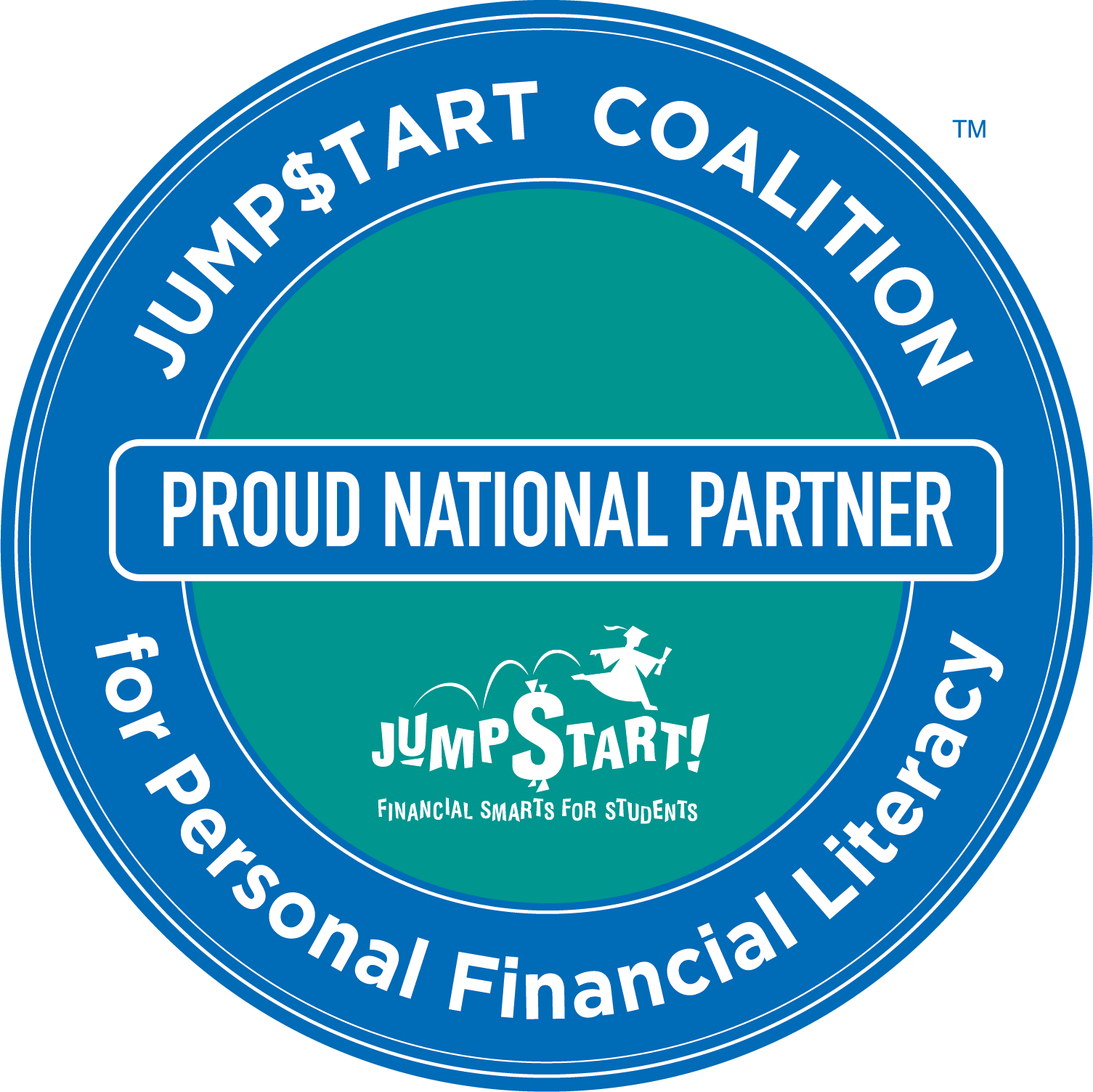In the U.S., 74% of teens don’t trust their knowledge of personal finance, according to a Greenlight survey of respondents aged 13-20. At the same time, T. Rowe Price reveals that 69% of parents aren’t ready to discuss money with their children, leaving the responsibility to teachers. Apart from preparing for emergencies, personal finance classes teach students to live within their means, manage debt, and make sound investment decisions when they grow older.
Moreover, financial literacy trickles down to well-being and relationships. It’s not uncommon for financial stress to cause depression, anxiety, high blood pressure, and even digestive issues. While financial lessons vary with student levels, teachers should adhere to the following standards.
Income
Besides wages and salaries, you can earn from dividends, entrepreneurship, rents, and interest. Benefits like health insurance and retirement plans also count as income. By understanding your income patterns, you decide how much to budget, save, and invest. You also know whether to upgrade your qualifications. Additional skills may increase your earnings, but make sure to weigh the benefits of going to school against the time and monetary sacrifice.
Spending
Although spending is inevitable, always ensure you get value for your money. As such, shop around for the best deals before making a purchase. This goes hand in hand with budgeting. Some might argue that a budget stops you from enjoying your money. But by planning your spending, you can buy what you want while keeping sight of the greater goal. At the same time, students learn how to live within their means from an early age to prevent unnecessary debt.
Saving
How much you save depends on individual circumstances. But despite the size of your earnings, it’s still possible to money aside. People save for various reasons including:
- Buying a car
- Emergencies
- Buying a home
- Home improvement projects such as repairs, garden maintenance, furniture upgrades, and house redesign
- Vacations
- Retirement
- College education
There are several ways to instill a saving culture in students. For starters, lead by example–you cannot teach what you don’t practice. Another tip is differentiating wants from needs. Distinguish basics like food and shelter from extras such as designer clothes. Additionally, teach your students about contentment. That way, they won’t waste money trying to fit in with others.
Investing
It entails allocating resources to financial ventures with the aim of generating profits. You could start a business or invest in stocks, bonds, cryptocurrency, mutual funds, and real estate. You could also consider precious metals, commodities, annuities, and collectibles. But before rushing into any investment, there are several factors to consider. First off, use your goals as a guide to the right financial instruments. Assuming you want cash soon, go for easily disposable assets. Likewise, measure your risk tolerance. Assets with higher returns carry greater risk. Most importantly verify your investment provider’s credibility before jumping in–you don’t want to lose all your money to fraudsters.
Managing Risk
Risk isn’t just about investment–some situations jeopardize your income, well-being, and even life. Don’t worry though, you can manage risks by reducing or transferring it to others. For example, you can buy insurance to protect yourself from future financial losses. This includes getting health insurance to cater for medical expenses and safeguarding assets with property and vehicle insurance. Not forgetting life insurance that eases your family’s financial burden after your death.
Managing Credit
No matter your financial discipline, you’ll need credit at some point. While loans affect your cash flow, debt isn’t always negative. Provided the repayment terms are favorable, you can borrow to finance your education, own a home, grow a business, and build your credit score. Conversely, bad debt loses value without increasing your net worth. Examples include payday advances, loan sharks, and credit cards. You should also settle debt early for peace of mind and financial security.
It’s Never Too Early
Children are likely to carry financial lessons into adulthood. As such, start them off as early as possible. Besides learning how to earn at a young age, you could encourage budgeting and piggy bank saving. Games are also a fun way to teach financial literacy.
Check out the Money Vehicle textbook — you can find it here on Amazon. And if you like what you see, you can get more content sent directly to your inbox! Sign up for the Money Vehicle Movement Newsletter!
And check out our white paper: “Strategies for Increasing Financial Literacy Rates Among High School and College Students”
More from Money Vehicle:









